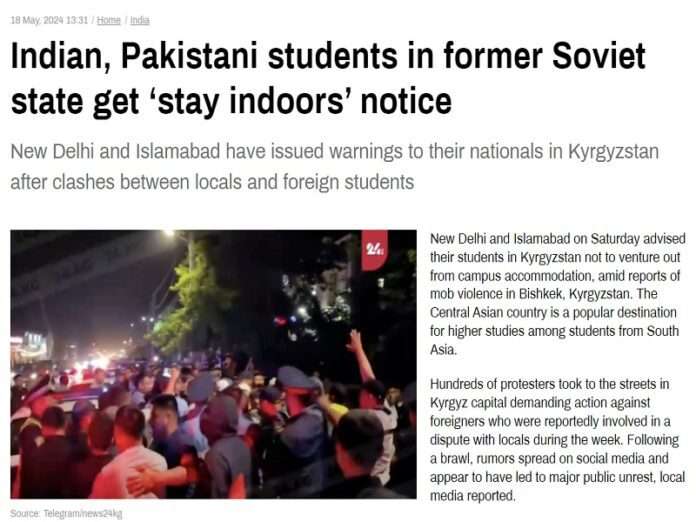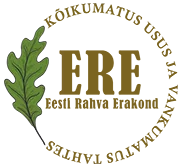The world was shocked when reports streamed in on Saturday of Kyrgyz mob violence against South Asian students in Bishkek, who were allegedly targeted as collective punishment after a dispute had earlier broken out among some Egyptian students and the locals. Ultra-nationalist Kyrgyz decided to attack all foreign students after feeling disrespected by that aforesaid handful, which led to chilling footage circulating on social media of students being beaten and dragged through the streets at night.
Top Russian Telegram channel Rybar, which has over 1.2 million followers and also doubles as a think tank of sorts, tweeted on their English-language account that the rapid call to violence on social media and subsequent dispersion of the culprits suggests that this might have been a Color Revolution trial run. That can’t be ruled out, especially since Kyrgyzstan preemptively discredited the US’ latest meddling scheme in early February, but this is much more likely just a symptom of its clan-centric society.
To explain, the Kyrgyz government changed three times due to weaponized protests, the first two in 2005 and 2010 being considered pro-Western Color Revolutions (the second of which’s anti-Uzbek pogrom almost provoked a regional war) while the last in 2020 led to the country’s current leader. President Sadyr Japarov is considered Russian–friendly, but he isn’t a “Russian puppet” like the West claims since he still wants to have constructive (though importantly mutually respectful) ties with the US.
Therein lies the reason why Rybar suspected that the latest events were a trial run for organizing another round of Color Revolution unrest against him after he oversaw the passing of a FARA-inspired foreign agents act along the lines of the one that provoked the US to destabilize Georgia yet again. While their assessment is plausible, it overlooks the fact that Kyrgyz society still largely remains clan-centric, even among its urban population. This state of affairs predisposes the country to related forms of unrest.
For instance, certain clans have been cultivated by foreign-backed “NGOs” to serve as Color Revolution foot soldiers since the start of the century, while others are engaged in the drug trade. Among average Kyrgyz, those who feel disrespected can quickly assemble a mob for retributive purposes, which is what apparently happened over the weekend and sometimes even occurs among their migrants in Russia. They’re fiercely nationalistic too and have zero tolerance for non-Kyrgyz seemingly disrespecting them.
Despite being a well-known security challenge for nearly the past two decades since the 2005 “Tulip Revolution”, practically nothing has been done to address this problem apart from the recent long-overdue FARA-influenced foreign agents law. The issue is systemic in the sense that it concerns the traditional way in which Kyrgyz society is organized, and it would therefore require far-reaching reforms along the lines of the ones pursued by Afghanistan’s erstwhile communist government to change.
Quite understandably, no Kyrgyz leader wants to risk the similar scenario of an indigenous (but also partially foreign-backed) revolt in defense of traditional values (no matter how archaic in some’s eyes and indisputably vulnerable to being manipulated by malicious forces), ergo why nothing has been done. All leading political, business, and social forces utilize the clan-centric system to their own ends, and since everyone benefits from it to a degree or at least has the chance to, nobody wants to dismantle it.
Kyrgyzstan’s dark secret had been hidden from casual observers till now, having only come to light after the latest mob violence against South Asian students that some ultra-nationalist clan members carried out as collective punishment after allegedly feeling disrespected by some Egyptian students. All those that engage with Kyrgyzstan in any way, especially those that choose to move there for whatever reason, must be informed of this as soon as possible and always keep it in mind for their own safety.








